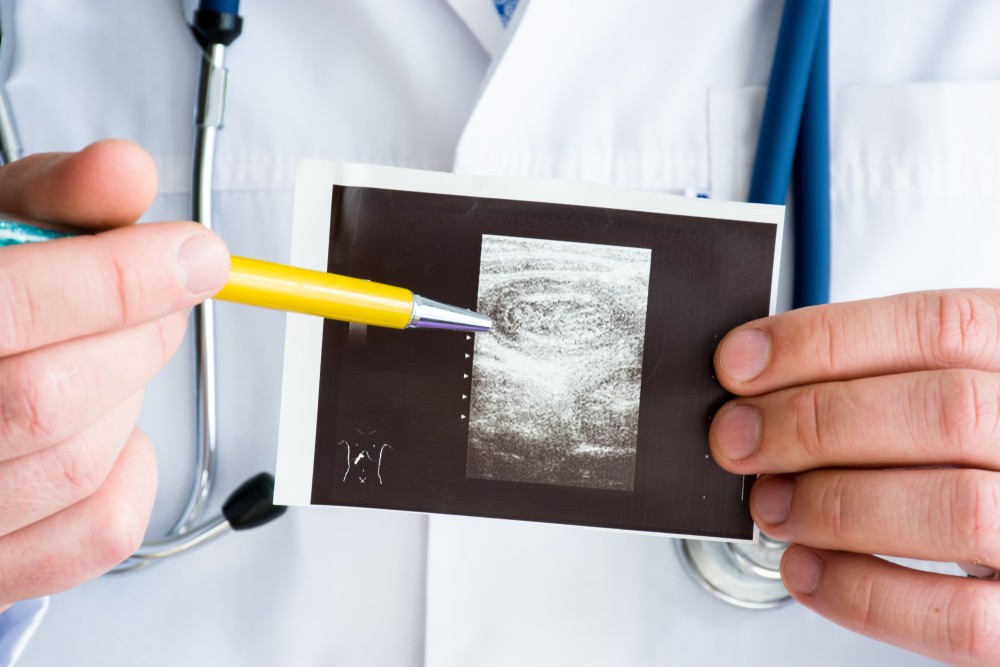Intussusception is a severe condition wherein a portion of the intestine slides into an intestinal part directly ahead of it. This prevents the passage of food or fluid. Additionally, intussusception cuts off the blood supply to the intestine’s affected region, which may lead to a bowel tear, bowel tissue infection, and bowel tissue death.
In children less than three years old, intussusception is the common cause of intestinal obstruction. However, the cause of this condition in children is yet unknown. On the other hand, a tumor or an underlying medical condition are the most common causes for adults.


